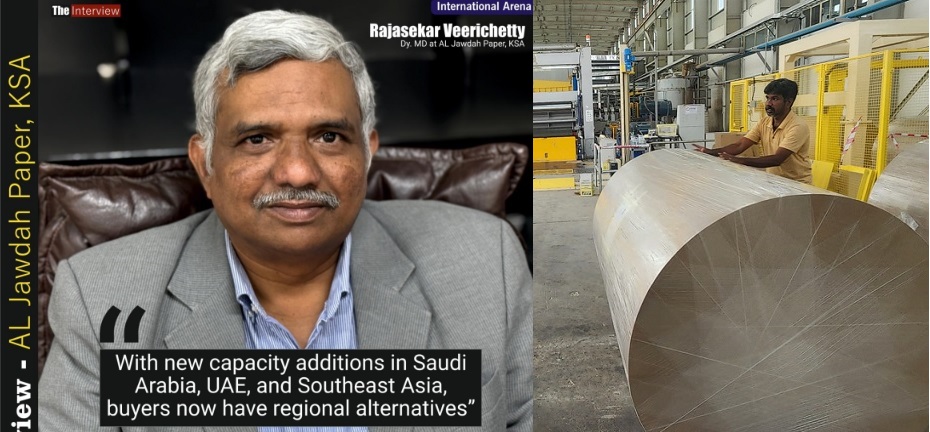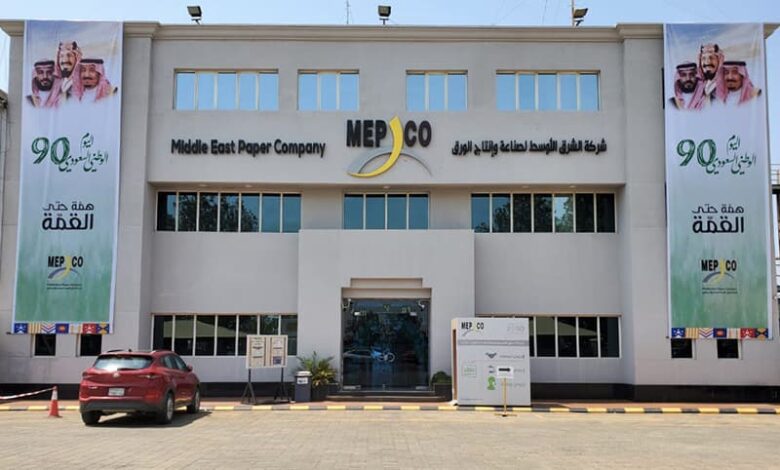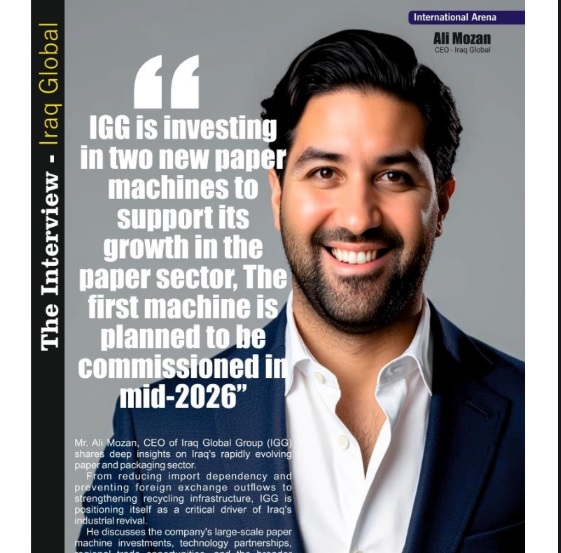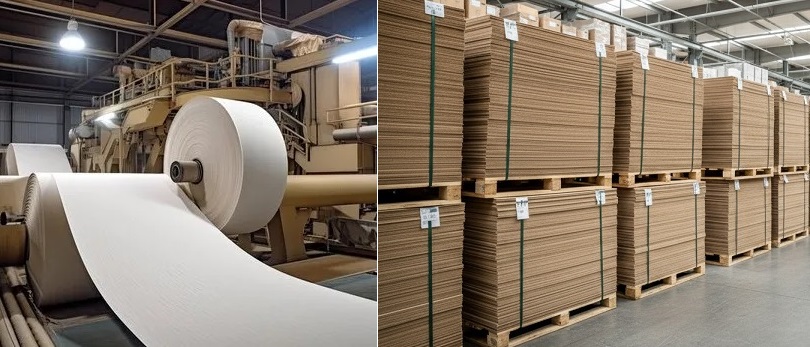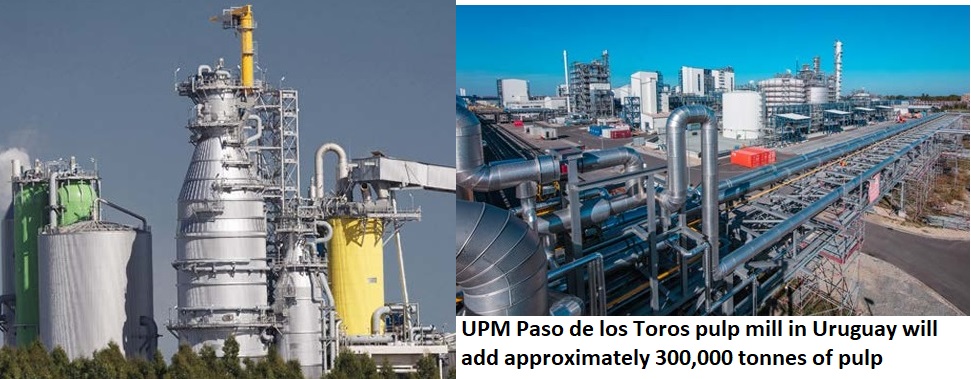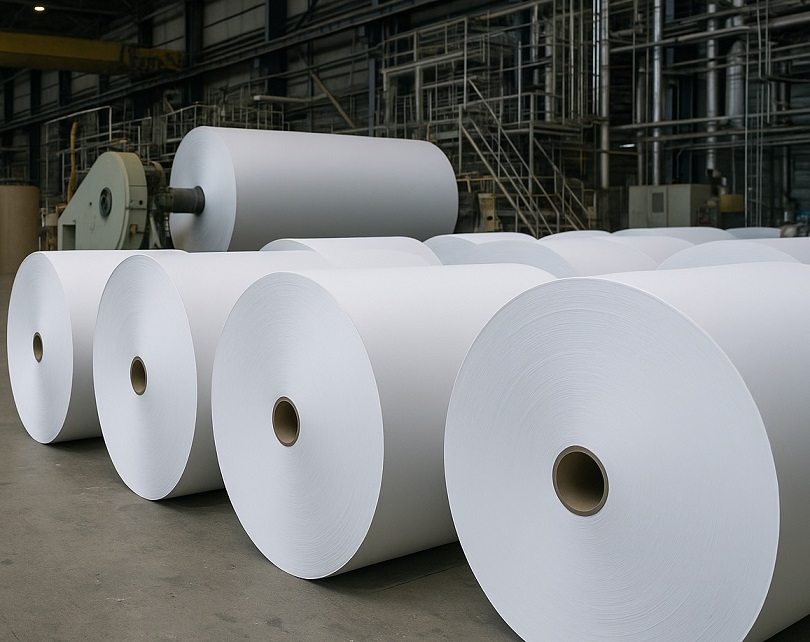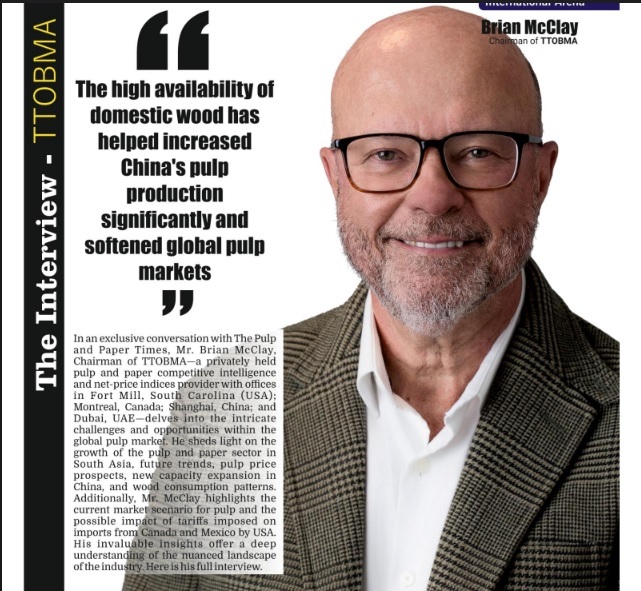“We believe there is enough wood pulp in the market and besides, there are several new projects on file that could eventually be materialized,” says Mr. Alfonso Valdés, Chairman of EPIS
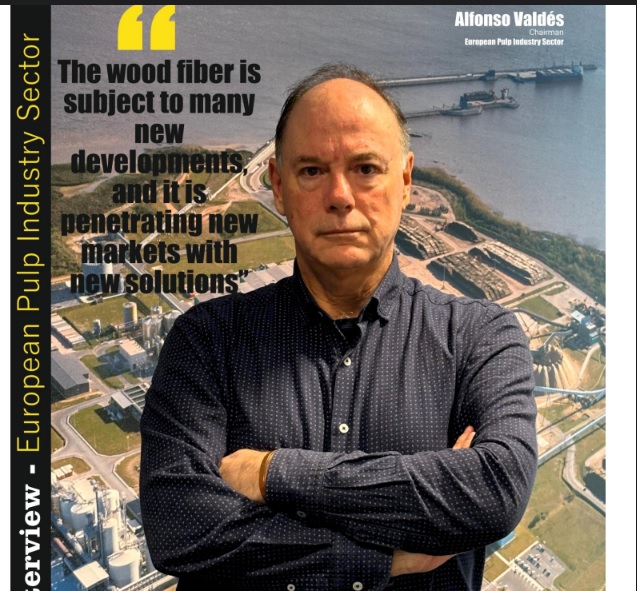
“We believe there is enough wood pulp in the market and besides, there are several new projects on file that could eventually be materialized,” says Mr. Alfonso Valdés, Chairman of EPIS
“The wood fiber is subject to many new developments, and it is penetrating new markets with new solutions”
The European Pulp Industry Sector (EPIS) is an international non-profit association representing market pulp producers in Europe. In an exclusive interview, Mr. Alfonso Valdés, Chairman of EPIS, discusses various aspects of the forestry industry and wood pulp. He shares his insights on the post-EUDR implementation, the pulp market, trends in wood fiber, and the structural changes he anticipates in the forest products industry. Here are his views:
The Pulp and Paper Times:
Q: Please give us a brief introduction to the European Pulp Industry Sector (EPIS).
EPIS is an international non-profit association of market pulp producers in the European market, engaged in promoting the benefits of using forest products in our daily life as they are coming from sustainable and renewable sources. We are also the channel to coordinate matters before the authorities regarding standards and regulations.
Q: How do you analyze the current market scenario for pulp producers in Europe and outside Europe?
As a non-profit association, we are not allowed to discuss any commercial topics about the pulp market. Said that, I could add that more and more interest is being shown in all markets for sustainable products, which could benefit the paper industry against other materials, bringing a positive scenario for the wood pulp business.
Q: What are the key trends in the forestry industry that you are currently monitoring, and which trend do you believe will have the most significant impact on the future of the pulp market?
The world is driven today to reduce the impact of climate change and in this aspect the reduction of CO2 emissions is fundamental. The forest, especially the well managed one, plays a key role in this aspect. We also see some big benefits for our industry, such as the replacement of some plastic materials for paper and wood pulp solutions, and more use of wood products as construction material. Besides, today the pulp mills are not only producing pulp but several bio products, contributing to the reduction the CO2 emissions.
Q: Molded fiber products, manufactured from wood fiber technology, are rapidly penetrating the market and becoming a significant segment. Do you think this could impact the availability of pulp in the near future?
Yes, the wood fiber is subject to many new developments, and it is penetrating new markets with new solutions. No, we believe there is enough wood pulp in the market and besides, there are several new projects on file that could eventually be materialized.
Q: What major structural changes do you foresee in the forest products industry?
In the wood pulp production, the continued transformation of pulp mills into biomaterial factories and the growth of hardwood pulps output to the detriment of other grades. In wood products, the continued development of engineered wood products.
Q: How are emerging markets like India and Southeast Asia influencing global pricing strategies for pulp?
Again, I cannot comment on market dynamics but as a general comment I can say that each market influences the price according to its weight in the global demand.
Q: What is the potential impact of excess wood in China, due to the real estate sector crisis, on pulp demand? The country is the world’s largest buyer of the raw material, importing an average of 20 million tonnes per year. With the slowdown in construction, the demand for wood has dropped drastically, leading to an accumulation of stocks. How do you foresee this scenario affecting the pulp market?
I cannot comment on the dynamics of the Chinese market. Regarding wood pulp, China is currently the main wood pulp market, and everything tells that it will continue to be so regardless of the wood market or internal production.
Q: The European Union Deforestation Regulation (EUDR) mandates that products must be deforestation-free, produced in compliance with relevant laws, and accompanied by a due diligence statement containing precise geographic coordinates. How would you describe the scenario of the pulp market post-EUDR implementation?
We do not know yet the country risk ranking being evaluated by the European commission. Once the risk grade is released, then we will see if there will be any impact in the pulp supply into Europe. For the moment we do not foresee big differences. The import of wood and agricultural products into the European market will be more bureaucratic, but the suppliers’ information will be available for everybody. Europe is an important pulp market and current suppliers are prepared to release the required information.
Q: If, as a result of EUDR, the import of pulp into Europe is restricted, it will lead to higher local pulp prices and, therefore, higher costs for local European paper and board producers. Do you think this could impact the competitiveness of European suppliers in overseas markets?
I can comment this. The European wood pulp market consists mainly of local softwood production, imports from North America and a small portion from other regions and hardwood mainly imported from Latin America, some local production and a small portion from other regions. We do not foresee a big change in this supply basket.
Q: Do you think that mergers and acquisitions in global pulp production could lead to a monopolistic market for paper manufacturers in the near future?
According to market analysts, most likely there will continue to be mergers and acquisitions in the pulp and paper markets. All this activity needs necessary approvals by the competent authorities, so they make sure there will be no monopolistic situations.
Q: How do you see the year 2025 for pulp producers in terms of pricing, demand and new capacity additions?
Unfortunately again, I cannot comment on market performance from EPIS point of view.
Q: Do you have any message for global paper manufacturers?
The only message I could give them is thank you for trusting in our products, hoping they will keep growing with innovation in new sustainable and renewable products. What our managed forest could bring to all of us is a better future.
Web Title: “We believe there is enough wood pulp in the market and besides, there are several new projects on file that could eventually be materialized,” says Mr. Alfonso Valdés, Chairman of EPIS





 Join WhatsApp Group
Join WhatsApp Group Join Telegram Channel
Join Telegram Channel Join YouTube Channel
Join YouTube Channel Join Job Channel (View | Submit Jobs)
Join Job Channel (View | Submit Jobs) Join Buy Sell Channel (Free to Submit)
Join Buy Sell Channel (Free to Submit) Paper News Headlines Channel (Free to read)
Paper News Headlines Channel (Free to read)





